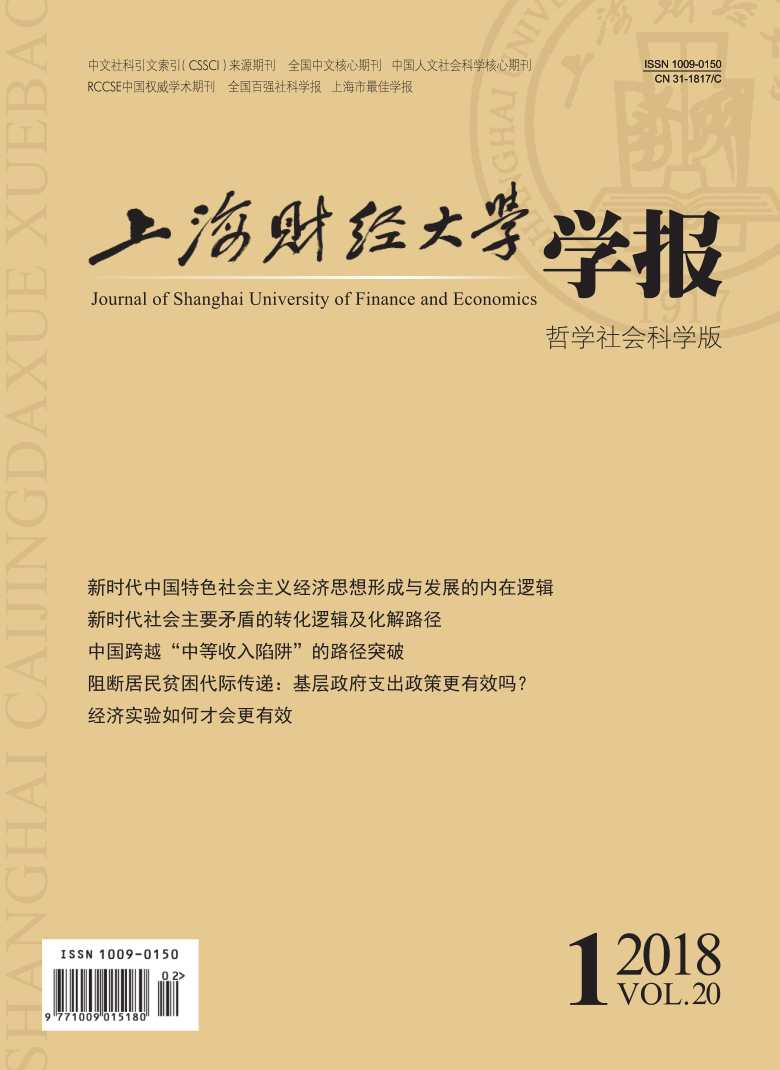With the transformation of economy and society, the stability of marriage is gradually declining and the divorce rate is rising. The stepfamily scale has been increasing. At the same time, the number of stepchild is also rising, and the minority accounts for the largest percentage. It suggests that human capital investment of this stepchild group would have a noticeable effect on future labor market and economic development, but the quantitative study about the influence that the changeable family structure exerts on children’s education is inadequate. This paper firstly uses the micro-data of CHARLS in 2014 to examine the impact of family reorganization on children’s education. As for the research methods, it infers the causality strictly based on the micro-measurement method. In order to enhance the robustness and credibility of the conclusions, a series of robustness tests are adopted, such as adding more control variables, transforming estimation methods and changing samples. In addition, considering the endogeneity caused by the potential omission in the above estimation results, this paper further adopts propensity scoring matching ( PSM) to accurately identify the differences in education due to family reorganization. The empirical results show that stepchildren’s education does reduce by 12.18%-15.5% at average compared with the intact families, and higher parental education can slow down but not eliminate this difference. Further analyses indicate that the negative impact of family reorganization on children’s education has a certain heterogeneity, that is, the negative impact of family reconstruction on boys’ education is greater than that on girls’ education, because stepsons’ education decreases by 14.26% while stepdaughters’ education by 7.44%. In addition, this paper explores the reason behind the gender differences from a perspective of stepfamily type. Compared with a stepmother family, a stepfather family reduces boys’ education by 24.21%; but for girls, the two do not make any differences. The results show that when it comes to the education of teenagers, it is necessary to pay close attention to family structure and stepfamily type besides the quality of the education system, the proportion of education investment and the efficiency of public policies, thus reducing the potential adverse effects of family type and family structure on adolescent education investment.
 / Journals / Journal of Shanghai University of Finance and Economics
/ Journals / Journal of Shanghai University of Finance and EconomicsJournal of Shanghai University of Finance and Economics
LiuYuanchun, Editor-in-Chief
ZhengChunrong, Vice Executive Editor-in-Chief
GuoChanglin YanJinqiang WangWenbin WuWenfang, Vice Editor-in-Chief
Does Parental Remarriage Lead to Children’s Lower Education? Empirical Evidence from CHARLS
Journal of Shanghai University of Finance and Economics Vol. 20, Issue 01, pp. 102 - 113 (2018) DOI:10.16538/j.cnki.jsufe.2018.01.008
Summary
References
Summary
Keywords
Cite this article
Ding Congming, Zhang Peiying. Does Parental Remarriage Lead to Children’s Lower Education? Empirical Evidence from CHARLS[J]. Journal of Shanghai University of Finance and Economics, 2018, 20(1): 102–113.
Export Citations as:
For
Previous: 本期导读
Next: 改革开放40年·我国经济关系的演变逻辑·主持人语
ISSUE COVER
RELATED ARTICLES




 11162
11162  13717
13717

